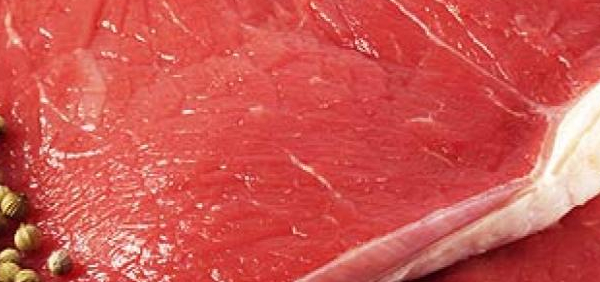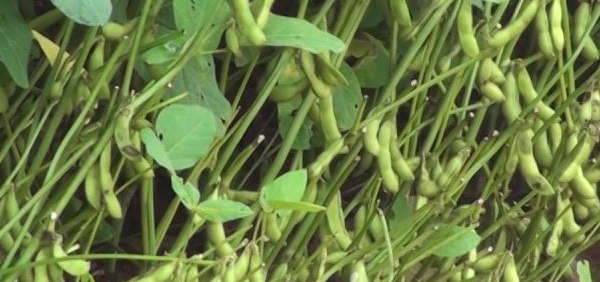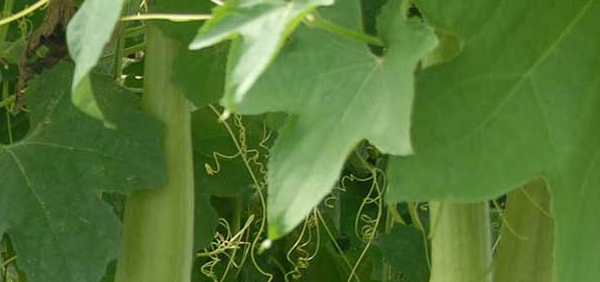jiraka :

CONCLUSION:
The English ‘cumin’ derives from the Old English ‘cymen‘ (or Old French ‘cumin’), from Latin ‘cuminum’ which is the romanisation of the Greek ‘‘κύμινον’ (kuminon), cognate with Hebrew kammon, Arabic kammun. Forms of this word are attested in several ancient Semitic languages, including kamûnu in Akkadian. The ultimate source is the Sumerian word gamun. The earliest attested form of the word κύμινον (kuminon) is the Mycenaean Greek ku-mi-no, written in Linear B syllabic script.
The fruits are used for many purposes — in the kitchen for seasoning in soups and curries, cakes, bread, cheese, pickles and are also often candied. Its oil is used in perfumery and in flavouring beverages.
- » Classification and names of jiraka
- » Synonyms and definitions of jiraka
- » Drug Properties of jiraka
- » Chemical Constituents of jiraka
- » Standardization of jiraka
- » Parts used and Dosage of jiraka
- » Morphology and Histology of jiraka
- » Distribution and Conservation of jiraka
- » Cultivation of jiraka
- » jiraka in the market
- » Medicinal Uses of jiraka
- » Researches and clinical trails of jiraka
- » jiraka in other sytems of medicine
- » Ayurvedic formulations with jiraka
- » Images of jiraka













